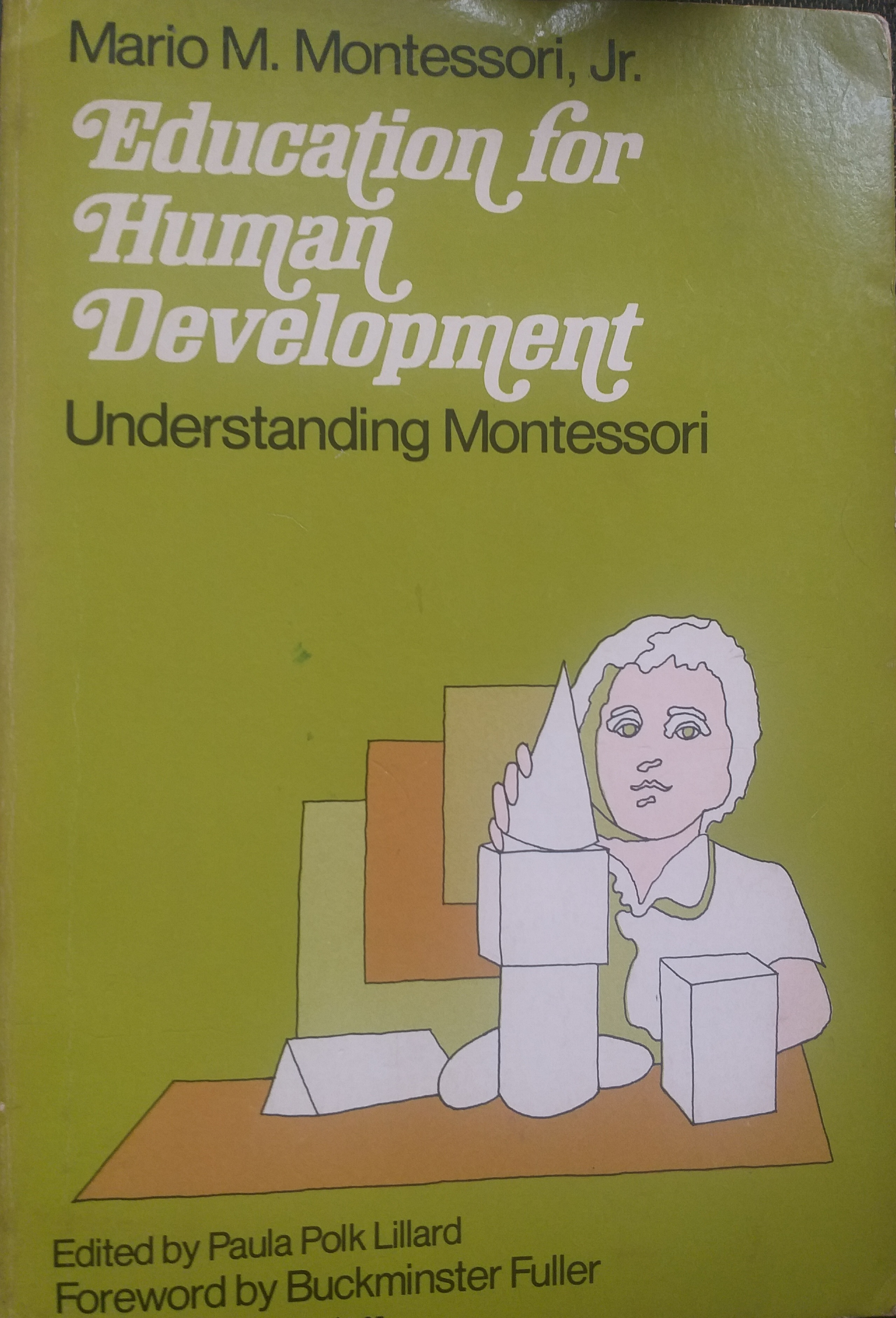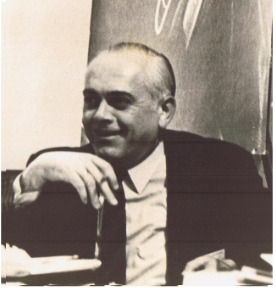
Authors

Richard Buckminster "Bucky" Fuller was an American architect, systems theorist, author, designer, and inventor. Fuller published more than 30 books, coining or popularizing terms such as "Spaceship Earth", ephemeralization, and synergetic. He also developed numerous inventions, mainly architectural designs, and popularized the widely known geodesic dome. Carbon molecules known as fullerenes were later named by scientists for their structural and mathematical resemblance to geodesic spheres. Buckminster Fuller was the second president of Mensa from 1974 to 1983.

With his brothers and sisters, he led a ‘nomadic existence’,as he himself called it. He lived as a toddler in Italy. In Naples, Milan and Rome. He went to a Casa dei Bambini in London. His sisters and brother often lived in oth-er places than he did. When the Spanish Civil War broke out in 1936 his brother Rolando and he lived in Barcelona. His father was in London. On the torpedo boat that took his grandmother to London they were not admitted. The brothers travelled to London via Genoa and finally they moved in with the Pierson family in Baarn, the Netherlands. Mario finished his High School at the Baarns Lyceum.In 1941 he took his final Exam HBS A. It was with reluctance thathe stayed on in the Netherlands Mario had always wanted to be an agricultural expert in the tropics. Fortunately, there was the College for Tropical Agriculture in Deventer. So that is where he went. On the day he graduated Mus-solini conscripted all Italian men. Mario was such a man, but he did not want to be soldier. He went into hiding in Amsterdam, where he became involved in the organised resistance. As a courier on a bike, he transported materials (microfilms, weapons, ammunition) to and from the Biesbosch National Park, from where it was smuggled across the border. He was awarded the resistance commemorative cross. And he understood that there were also other ways to help people than as an agricultural engineer. At the Vrije Universiteit in Amsterdam, he started to study psychology.Mario was educated in the traditions of the analytical psychology founded by Carl Jung. But he finally felt more attracted to the psychoanalysis of Sigmund Freud. In this realm of thought he discovered many notions that he knew from his grandmother. After the war he followed a training in psychoanalysis and became a staff member at a psychiatric facility in Santpoort. In the Dutch and interna-tional Professional Association for Psychoanalysts, he played an important role. In 1961 he became a self-employed psychoanalyst in Amsterdam.As a Freudian he could mean a lot to various groups of people in distress. To the children of NSB people (followers of Hitler in the Netherlands) who after the war were blamed for errors that their parents had made, something in which they, as a child had had no part. In Amsterdam, in the seventies, he also opened his house to Chilean refugees in Amsterdam who had fled Pinochet's regime. Together with his children he gave them a home. And I remember how during a Montessori Congress in Amsterdam in 1979 he outlined the problems that children of Berbers that were born in the Atlas Mountainsin Morocco encountered when they were suddenly ex-posed to the totally different environment of Amsterdam.Moreover, he was also a guardian of the ideas of his grandmother and his father in the Netherlands. He saw the introduction of the new law on pre-primary education in 1956 as an attack on the quality of Montessori education in the Netherlands. For in-stance, in this law children were not allowed to attend school until they were four in-stead of three. As a result of that, a number of formative activities of the child suf-fered, because they could no longer be offered in the suitable sensitive periods.When he noticed that, at a Montessori school, his youngest son was taught writing and reading in another way than his grandmother had recommended, he again went to battle. Afterwards he stated that there were no Montessori schools in the Nether-lands because those schools had not implemented the cosmic education that his grandmother and father had developed. He founded the ‘Stichting Montessori Cen-trum’ (SMC) in order to improve the quality of Montessori education in the Nether-lands and he became its secretary. Prof. Dr. Jan Koning was the president. And this way the former Montessori Centre in Laren was continued after all.The Centre has been of immense significance forquality control and improvement of quality. It is therefore logical that Mario for